Hip Procedures
Non-surgical Treatments
Hip Injections
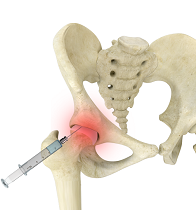
Hip joint injections involve injecting medicine directly into the hip joint to diagnose the source of pain or treat pain due to conditions such as arthritis, injury or mechanical stress of the hip joint. Hip pain may be experienced in the hip, buttock, leg or low back. The injection contains a combination of a numbing medicine and cortisone (an anti-inflammatory agent)...
Physical Therapy

Physical therapy is an exercise program that helps you to improve movement, relieve pain, encourage blood flow for faster healing, and restore your physical function and fitness level. The main aim of physical therapy is to make your daily activities, such as walking, getting in and out of bed, or climbing stairs, easier. It can be prescribed as an individual treatment program or combined with other treatments...
Surgical Treatment
Hip Arthroscopy

Arthroscopy, also referred to as keyhole or minimally invasive surgery, is a procedure in which an arthroscope is inserted into a joint to check for any damage and repair it simultaneously...
Total Hip Replacement
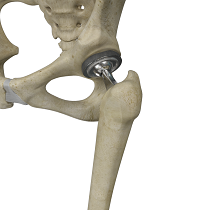
Total hip replacement is a surgical procedure in which the damaged cartilage and bone is removed from the hip joint and replaced with artificial components. The hip joint is one of the body's largest weight-bearing joints, located between the thighbone (femur) and the pelvis (acetabulum)...
Minimally Invasive Total Hip Replacement
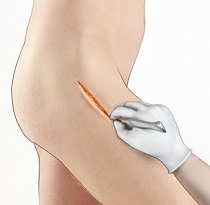
For minimally invasive hip replacement, the surgical technique and artificial implants remain the same as traditional hip replacement however the difference is smaller incisions and minimal soft tissue dissection. The surgery is performed through either one or two smaller incisions. The procedure is performed under general anesthesia...
Anterior Hip Replacement
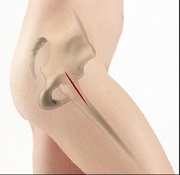
Over the past few years, there have been great advances in the treatment options, implants, and minimally invasive techniques. The latest technique in joint replacement such as anterior hip replacement has resulted in a dramatic improvement in outcome...
Revision Hip Replacement
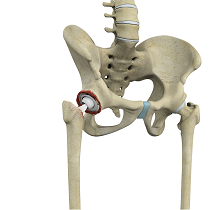
Revision hip replacement is a complex surgical procedure in which all or part of a previously implanted hip-joint is replaced with a new artificial hip-joint. Total hip replacement surgery is an option to relieve severe arthritis pain that limits your daily activities. During total hip replacement, the damaged cartilage and bone is removed from the hip joint and replaced with artificial components...
After Hip Replacement

Hip replacement is a surgery performed to replace parts of a diseased hip joint with an artificial prosthesis. The goal of hip replacement is to eliminate pain and return you to your normal activities. You can help in recovery and improve the outcomes of the procedure by following certain precautions and changing the way you carry out your daily activities...
Abductor Tendon Repairs
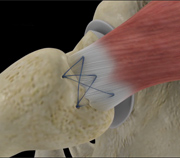
Hip abductors are a major group of muscles found in the buttocks. It includes the gluteus maximus, gluteus medius, gluteus minimus, and tensor fascia lata muscles. The Gluteus medius arises at the top of the pelvic bone and runs to attach on the outer side of the thighbone or femur. The muscle controls side-to-side movement of the hip and stabilizes hip movement.
Fracture Care
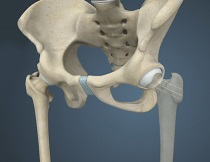
The hip joint is a "ball and socket" joint. The "ball" is the head of the femur, or thighbone, and the "socket" is the cup shaped acetabulum. The joint surface is covered by a smooth articular surface that allows pain free movement in the joint. Hip fracture is a break that occurs near the hip in the upper part of the femur or thighbone.

